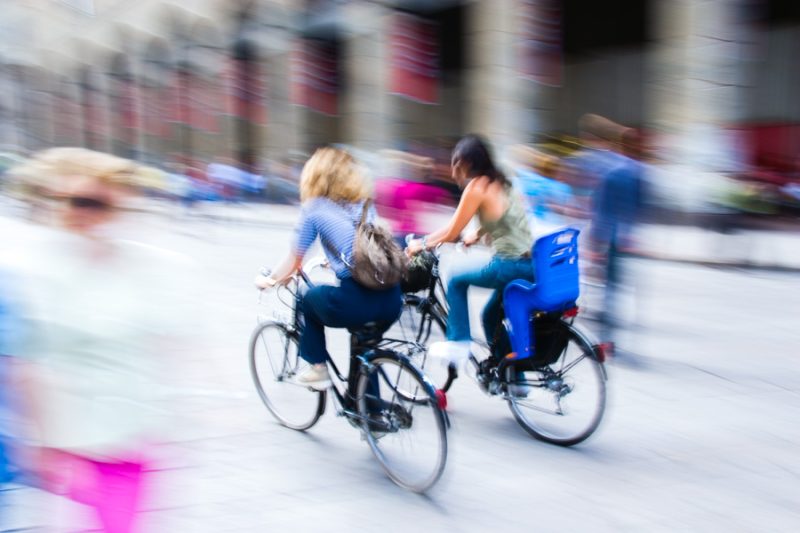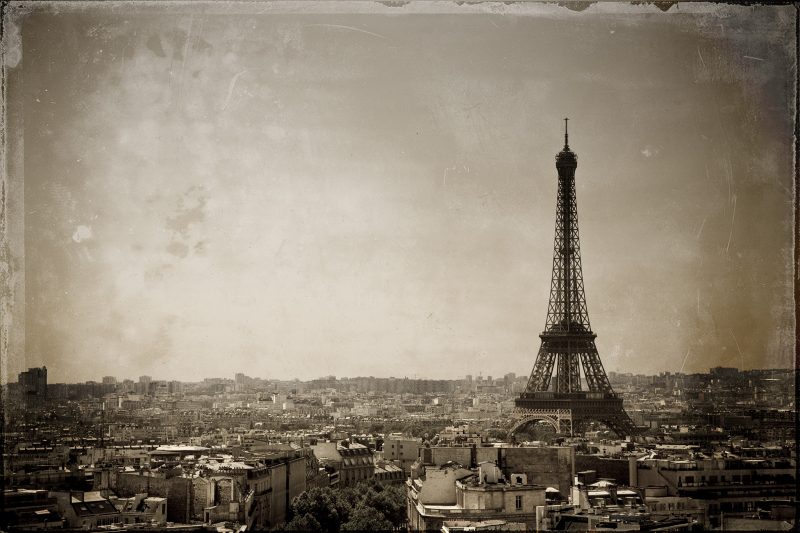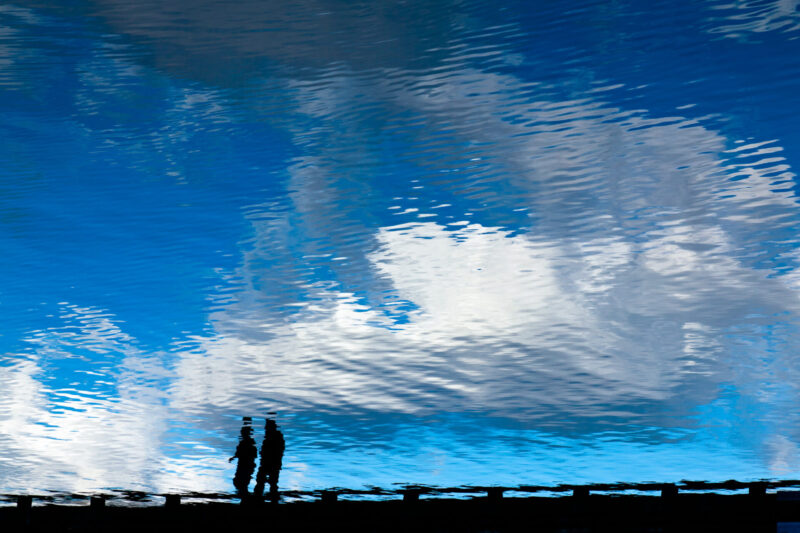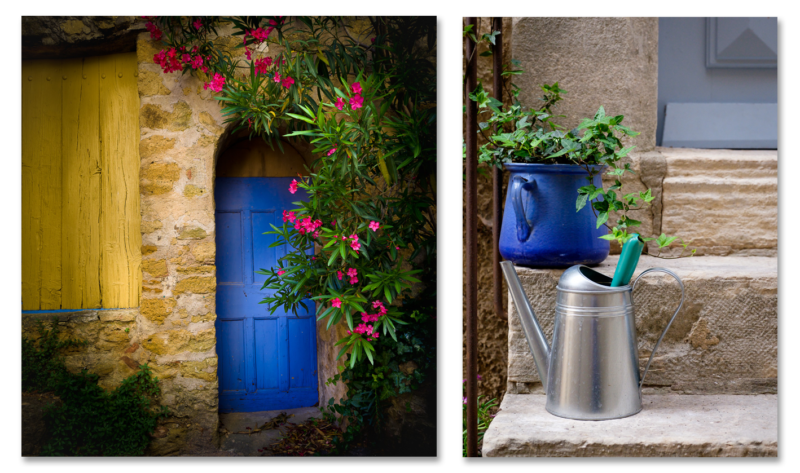A new year and the chance for a new start. What will you focus on this year? Perhaps you will resolve to spend more time shooting? Perhaps you’ll venture into a new (to you) genre. Perhaps you will finally take a deep dive into your camera manual and fully master all its important features. These are all worthy goals for the coming year, but I’d like to suggest a few more to consider. The suggestions that follow are important because they help create a positive, open mindset for seeing the world anew, or help us to clarify the photographic message we are trying to convey to our viewers.
I will not compare myself to other photographers.
“Comparison is the thief of joy”, a quote often attributed to US President Theodore Roosevelt could not be more on point. Comparing yourself to others is not productive. It sows the seeds of self-doubt, perhaps even to the point of questioning whether you have any business pursuing this avocation at all. Every photographer is on a unique journey of their own and many will be at a different stage on that journey. Photography is not an Olympic event. The only comparisons you should make are to yourself. All you need to be is a better photographer today, this week or this month, than you were yesterday, last week or last month. Photography is highly subjective, there are no objective ways to measure the success of an image, but many subjective ways to interpret and understand an image. And in any case, I’ll bet you are comparing your worst to their best work… hardly a fair comparison. The images you see on another photographer’s website or Instagram account are those they consider their very best. What you don’t see are all the outtakes that didn’t make the cut. Lastly, comparison stifles creativity. Comparing your work using someone else’s yardstick can lead you to simply emulate their approach. Instead, be inspired by the work of others. Pick something about their work you like or admire; it could be the use of light, the particular subject, or the use of colour. But go out and apply that quality in your own way.
I will not fear failure.

Fear of failure is creatively paralyzing, which is ironic because failure itself can be a driving force in becoming a better, more creative photographer. Fear of failure prevents us from taking chances, from experimenting and asking questions like “What if?” What if I used a slow shutter speed and moved the camera in circles during that longer exposure? What if I got down low and close to the pattern of faded paint and rust on the door of that old truck? What if I lay on the ground and shot up through that swath of poppies along the pathway with a wide-angle lens?
Even if none of these creative scenarios produces an interesting image, the act of failing is itself instructive. Thoughtful reflection on a failed attempt will suggest possible changes to your approach or technique and hopefully encourage you to try again. Failure is a normal part of any learning process. Try, fail, adapt, and try again is just part of how we learn. There may be a handful of prodigies in the world that effortlessly attain mastery of their chosen avocation, but they are anomalies. Most of us need to work, and to work hard, failing often to master any new skill worth learning.
I will stop worrying about what I don’t have.

If you do, you’re wasting the possibilities of what you do have. As photographers, we often fall prey to the illusion that more gear means better pictures. The opposite is more often the case. I’ll admit to dragging around more gear than I need…or use. If I’m honest with myself, I have to admit that most of it stays in the trunk of the car or back in the hotel. It took me a while, but now most of the time I go out with just two camera bodies and two lenses. Ninety-five percent of all images I create are made with just those two lenses, and most of those with a so-called, street zoom in the 24 – 85mm range (Full Frame equivalent).
Having too much gear can be creatively paralyzing — too many options and choices. Creativity works best when faced with limitations, and having less gear forces you to look deeply and explore what is around you. To push yourself creatively, go with less, not more.
I will work to simplify my compositions.

Placing a frame around an image conveys a level of importance to everything you include within it. Everything within that frame speaks to the viewer, and the more competing voices there are in your frame the more difficult it will be for the most important one to be heard. When we pay money for a concert with our favourite singer, we don’t expect her to be drowned out by the band and the backing singers.
Every image should have a primary centre of interest; a singular voice that speaks to the viewer. Everything else in the frame must either support that voice, recede to the background, or get off the stage. The art of composition has more to do with what you exclude from the frame than what you choose to include. Quoting photographer Jay Maisel, “You are responsible for every square millimetre of your viewfinder.” Pay special attention to the edges, and make it a habit to scan your viewfinder for distracting elements. Get closer, or find a point-of-view that places your subject on stage with a supporting and non-distracting background.
I will remember that expression is more important than perfection.

“Expression is more important than perfection”…
This quote from classical cellist, Yo-Yo Ma struck a chord with me (no pun intended). While he is referring to musical expression, I immediately thought of how it applies to photography, (or any art form for that matter). Photography is about visual expression, connecting with the viewer and showing something about our subject. Successful images connect deeply and show something otherwise hidden, revealing to the viewer something of the experience felt by the photographer the moment they clicked the shutter. Creating this important connection doesn’t depend on the number of pixels captured by your sensor, how sharp your lens is, or how deftly the image was edited in post.
Yet the vast majority of photographers focus mostly intently on these or similar issues.
Instead, we should be asking ourselves deeper questions. Questions like, “What am I trying to show the viewer?” “What is it about this image that made me stop and raise my camera?” What elements in my frame are essential to the story in front of me and which add nothing and therefore by definition are taking away from it?”
I will have a plan before I sit down to edit my images.

Regardless of what image editing program you use, you need a plan. All digital images require some editing. Successful editing begins with understanding what you want to convey to your viewer. Without a plan, image editing often ends in a confusing set of adjustments, many of which are at odds with each other. Editing without a plan is like randomly banging on your keyboard and expecting poetry to emerge.
I’m a big believer in each of these, although, in all honesty, I have to constantly remind myself to heed the first five. Having an editing plan, even a simple one is basic to my approach to image editing, and one I stress in my course, “After the Click” on bpsop.com


